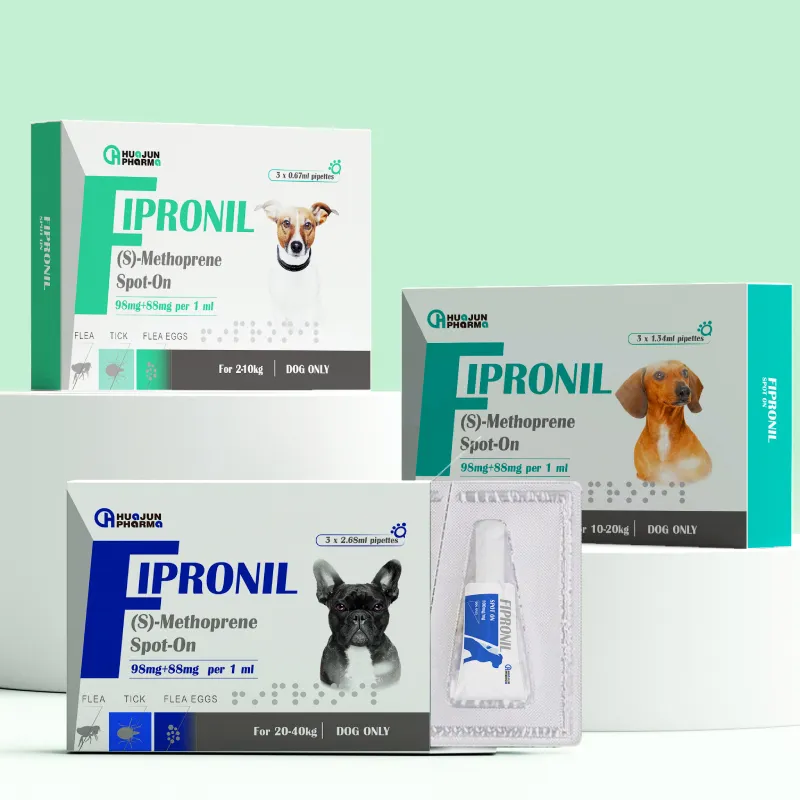
Nov . 08, 2024 04:35 Back to list
Manufacturer Information for Norfloxacin 400mg Tablet Details and Specifications
The Importance of Norfloxacin 400 mg A Comprehensive Overview
Norfloxacin, a synthetic fluoroquinolone antibiotic, has proven effective in treating a variety of bacterial infections. This article explores the significance of Norfloxacin 400 mg, its manufacturer considerations, usages, and the broader implications for public health.
Understanding Norfloxacin
Norfloxacin is primarily effective against Gram-negative bacteria, including those responsible for urinary tract infections (UTIs) and gastrointestinal infections. As a member of the fluoroquinolone family, it interferes with bacterial DNA synthesis by inhibiting DNA gyrase and topoisomerase IV, crucial enzymes for bacterial replication. This action helps to prevent the growth and multiplication of bacteria, making Norfloxacin an essential tool in the treatment of various bacterial infections.
The standard dosage of Norfloxacin is 400 mg, which is typically administered twice daily. This dosage has been found effective for adults suffering from specific bacterial infections, facilitating a quicker recovery and reducing the risk of complications.
Manufacturing Considerations
The manufacturing of Norfloxacin 400 mg requires strict adherence to quality control and regulatory standards, given its role as a pharmaceutical product. Manufacturers must ensure that their production processes comply with Good Manufacturing Practice (GMP) guidelines, which safeguard the quality, safety, and efficacy of medications.
Several factors come into play during the production of Norfloxacin
1. Raw Materials Sourcing high-quality raw materials is crucial. Impurities can affect the efficacy of the antibiotic and may lead to adverse effects.
2. Synthesis Process The chemical synthesis of Norfloxacin must be precisely controlled to ensure consistency in potency and purity. This involves using sophisticated techniques and equipment.
3. Quality Assurance Rigorous testing during and after production is essential. Manufacturers must conduct stability studies, microbiological tests, and bioavailability assessments to confirm that the product meets stringent health regulations.
4. Packaging and Storage Proper packaging is vital to protect the antibiotic from light, moisture, and temperature fluctuations, which can alter its effectiveness.
norfloxacin 400mg manufacturer

Well-known pharmaceutical companies that produce Norfloxacin may also invest in research and development to improve formulations, enhance absorption rates, or create combination therapies for broader-spectrum activity.
Clinical Applications of Norfloxacin
Norfloxacin is primarily prescribed for the treatment of
- Urinary Tract Infections (UTIs) It is widely used to treat uncomplicated UTIs caused by susceptible organisms. Studies have demonstrated its effectiveness in clearing infections and alleviating symptoms.
- Gastrointestinal Infections The antibiotic is also useful in treating travelers’ diarrhea caused by non-toxic strains of bacteria.
- Prostatitis Norfloxacin has shown effectiveness in treating bacterial prostatitis, adding to its clinical relevance in urology.
Despite its benefits, it is crucial to use Norfloxacin judiciously to prevent the development of antibiotic resistance, a significant concern in contemporary medicine. Physicians often base the decision to prescribe Norfloxacin on culture and sensitivity reports to ensure it is suitable for the infection being treated.
Challenges and Future Prospects
Although Norfloxacin plays a vital role in treating bacterial infections, the emergence of antibiotic-resistant bacteria poses significant challenges. To counteract this, ongoing research is necessary to discover new antibiotics or develop combination therapies that can enhance efficacy and minimize resistance.
Additionally, public health initiatives focusing on antimicrobial stewardship are essential in promoting the responsible use of antibiotics, including Norfloxacin. Educating patients about adherence to prescribed regimens can help combat the threat of resistance, ensuring that antibiotics continue to be effective tools in fighting infections.
Conclusion
Norfloxacin 400 mg remains an important antibiotic in the medical field, offering effective treatment for various bacterial infections. Manufacturers play a critical role in ensuring the quality and reliability of this medication. As we face the challenges posed by antibiotic resistance, continuous efforts in research, responsible prescribing, and patient education will be crucial to preserving the efficacy of Norfloxacin and similar antibiotics. By balancing these factors, we can enhance public health outcomes and ensure that effective therapies remain available for future generations.
-
Immunovital Fish Feed Factory | AI-Optimized Nutrition
NewsAug.03,2025
-
Quality Bacillus Coagulans BC30 Factory - Expert Production
NewsAug.02,2025
-
China Salivation AI with GPT-4 Turbo Features
NewsAug.01,2025
-
Epic Sepsis Factories: AI-Driven Detection with GPT-4 Turbo
NewsJul.31,2025
-
Acute Salpingitis and Oophoritis AI Factory
NewsJul.31,2025
-
Premium China Bacillus Subtilis Supplier & Factory Solutions
NewsJul.30,2025




